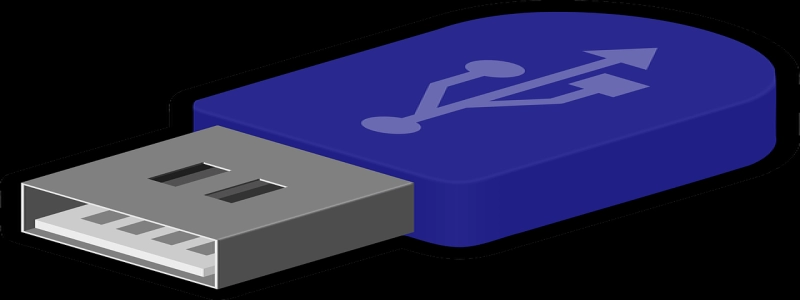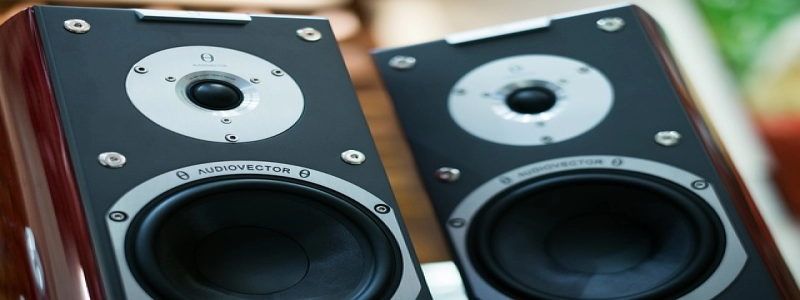Single Mode vs Multimode Fiber
I. Introduction
A. Definition of Single Mode Fiber
B. Definition of Multimode Fiber
II. Optical Characteristics
A. Optic Fiber Core Size
1. Single Mode Fiber – Small Core Size
2. Multimode Fiber – Large Core Size
B. Light Dispersion
1. Single Mode Fiber – Low Dispersion
2. Multimode Fiber – High Dispersion
C. Light Loss
1. Single Mode Fiber – Low Light Loss
2. Multimode Fiber – Higher Light Loss
III. Transmission Distance
A. Single Mode Fiber – Longer Transmission Distance
B. Multimode Fiber – Shorter Transmission Distance
IV. Bandwidth
A. Single Mode Fiber – High Bandwidth
B. Multimode Fiber – Lower Bandwidth
V. Application
A. Single Mode Fiber
1. Long-haul Telecommunication Networks
2. High-Speed Internet Connections
B. Multimode Fiber
1. Shorter Distance Data Transmission
2. Local Area Networks (LANs)
VI. Cost
A. Single Mode Fiber – Higher Cost
B. Multimode Fiber – Lower Cost
VII. Conclusion
Single Mode vs Multimode Fiber
I. Introduction
A. Definition of Single Mode Fiber
Single mode fiber is an optical fiber that allows only one mode of light to propagate through its core. It has a small core size, typically around 9 micrometers, which allows for a single mode of light to travel in a straight path.
B. Definition of Multimode Fiber
Multimode fiber, on the other hand, allows multiple modes of light to propagate through its core simultaneously. It has a larger core size, typically around 50 to 62.5 micrometers, which allows for the transmission of multiple rays of light at different angles.
II. Optical Characteristics
A. Optic Fiber Core Size
1. Single Mode Fiber – Small Core Size
The small core size of single mode fiber allows for a focused beam of light, resulting in higher bandwidth and longer transmission distances.
2. Multimode Fiber – Large Core Size
The large core size of multimode fiber allows for the transmission of multiple rays of light simultaneously, resulting in lower bandwidth and shorter transmission distances.
B. Light Dispersion
1. Single Mode Fiber – Low Dispersion
Single mode fiber experiences low dispersion, meaning that different colors of light travel at similar speeds, reducing signal degradation.
2. Multimode Fiber – High Dispersion
Multimode fiber experiences high dispersion, meaning that different colors of light travel at different speeds, resulting in more significant signal degradation.
C. Light Loss
1. Single Mode Fiber – Low Light Loss
Single mode fiber has low light loss, maintaining a strong signal over long distances.
2. Multimode Fiber – Higher Light Loss
Multimode fiber has higher light loss, causing a weaker signal over shorter distances.
III. Transmission Distance
A. Single Mode Fiber – Longer Transmission Distance
Due to its low light loss and low dispersion, single mode fiber can transmit data over longer distances without significant signal degradation.
B. Multimode Fiber – Shorter Transmission Distance
Multimode fiber, with its higher light loss and dispersion, is suitable for shorter distance transmissions.
IV. Bandwidth
A. Single Mode Fiber – High Bandwidth
Single mode fiber offers higher bandwidth capabilities, allowing for the transmission of large amounts of data at high speeds.
B. Multimode Fiber – Lower Bandwidth
Multimode fiber has lower bandwidth capabilities, limiting its ability to transmit large amounts of data at high speeds.
V. Application
A. Single Mode Fiber
1. Long-haul Telecommunication Networks
Single mode fiber is commonly used in long-haul telecommunication networks, where high-speed, long-distance data transmission is required.
2. High-Speed Internet Connections
Single mode fiber is also used for high-speed internet connections, providing reliable and fast internet services.
B. Multimode Fiber
1. Shorter Distance Data Transmission
Multimode fiber is suitable for shorter distance data transmission, such as within buildings or campuses.
2. Local Area Networks (LANs)
Multimode fiber is commonly used in local area networks (LANs) to connect devices within limited distances.
VI. Cost
A. Single Mode Fiber – Higher Cost
Single mode fiber, with its advanced technology and materials, is generally more expensive to install and maintain.
B. Multimode Fiber – Lower Cost
Multimode fiber, with its simpler design and larger core size, is generally more cost-effective.
VII. Conclusion
In conclusion, single mode and multimode fiber offer different characteristics and applications. Single mode fiber excels in long-distance, high-bandwidth transmissions, making it suitable for long-haul telecommunication networks and high-speed internet connections. On the other hand, multimode fiber is more suitable for shorter distance transmissions, such as in LANs, and offers a more cost-effective option. The choice between single mode and multimode fiber depends on the specific requirements of the network or system being implemented.






